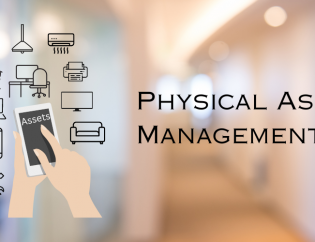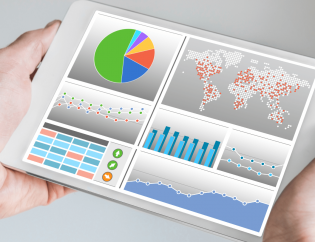
Working closely with teams that ensure the safety and well-being of individuals and properties in their organizations has helped us understand in depth the issues related to safety and security. In this blog, we discuss an innovative IoT project related to fire safety.
Recognizing the critical importance of fire safety, one of our clients and team VersionX have initiated an innovative project - to integrate fire alarm panels (FAP) and fire hydrant systems (FHS) with an Internet of Things (IoT) controller across approximately 500 locations.
Our goal is to strengthen safety measures, allowing for real-time monitoring and swift responses to potential fire hazards.
IoT Integration and System Adaptation
The initial phase of the project revolves around the assessment and adaptation of both the fire alarm panels and fire hydrant systems to ensure seamless compatibility with IoT across all locations. This involves a meticulous evaluation of existing systems and the implementation of necessary modifications to integrate them into the IoT framework.
Subsequently, a robust IoT controller will be implemented to monitor crucial parameters, such as fire alarm status and hydrant pressure levels. The emphasis will be on scalability and consistency to guarantee uniform management across all sites.
Notification System and Training
A reliable notification system will be established to ensure instant alerts are sent to maintenance and safety teams in response to pressure drops in the fire hydrant system or anomalies in the fire alarm panels. This proactive approach aims to minimize response times and enhance overall safety.
To complement this, comprehensive training will be provided to staff at each location, fostering familiarity with the integrated system and enabling a prompt and effective response to emergencies.
Centralized Management and Compliance
A centralized management system will be developed considering the logistical challenge posed by the large number of locations involved. This system will facilitate efficient monitoring and maintenance of the integrated fire alarm panels and fire hydrant systems, ensuring a streamlined approach to management.
Additionally, strict adherence to relevant safety and technological standards will be a priority, ensuring that the integrated systems comply with industry best practices.
Enhanced Monitoring & Management of Fire Alarm Panels
Continuous monitoring of the fire alarm panels will be a key feature of the integrated system, with immediate dashboard alerts providing critical information about the location and nature of any detected fire alarms.
The IoT controller will be equipped to detect and report any faults in the fire alarm panels promptly, minimizing safety risks. Location-based alerts and visibility for fire alarm panels issues will be implemented to enable quicker emergency responses.
Enhanced Monitoring & Management of Fire Hydrant System
The fire hydrant system will undergo comprehensive monitoring to detect pressure drops, with instant alerts generated for any deviations. Precise location information for detected issues in the fire hydrant system will be provided, facilitating faster on-site responses and minimizing potential damage. These measures collectively aim to enhance the overall effectiveness of fire safety systems.
Advanced Features and Analytics
The integration project will introduce advanced features and analytics to provide a holistic view of the fire safety landscape. A user-friendly dashboard interface will offer critical information related to both fire alarm panels and fire hydrant systems, including live updates and alarm history.
Grouping options for sites will streamline management, allowing for efficient oversight. Customizable alert settings for both fire alarm panels and fire hydrant systems will enable prioritization of critical alarms.
Furthermore, the project will enable remote access and control, empowering stakeholders to monitor and manage fire safety systems from a centralized location. Detailed reports and analytics will be generated to support continuous improvement in both fire alarm panels and fire hydrant system operations.
Conclusion
In conclusion, the comprehensive integration of fire alarm panels and fire hydrant systems with an IoT controller across 500 locations represents an innovative effort to bolster fire safety measures. By combining technological innovation with proactive monitoring, this project aims to create a robust and responsive system capable of addressing potential fire hazards swiftly and effectively.
Through meticulous system adaptation, staff training, centralized management, and adherence to safety standards, the integrated fire alarm panels and fire hydrant system will not only enhance safety but also set a new standard for fire prevention and management in diverse environments. As the project unfolds, the collaborative efforts of technology, safety, and management experts will undoubtedly contribute to a safer and more secure future for all.









